We generally walk for shorter distance and take any transport for longer distance. In olden days bullock-carts, horse driven cart and boats were only means of transport for commuting from one place to another. These means are still used in villages to some extent.
The various means of Transport available are:
Land Transport
-
Road Transport
Roads connect different villages, town and cities. The most common road vehicles include buses, trucks, motorcycles, scooter, rickshaw, car, vans and bicycles. Bus carries large number of passengers near about 50-60.
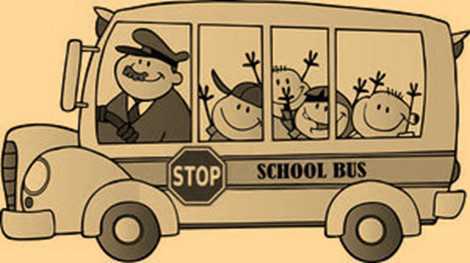
-
Rail Transport
Rail transport includes all transport over rails or tracks. This includes trains (both passenger as well as goods train), metro and trams. Rail transport carries more people or goods compared to road transport.
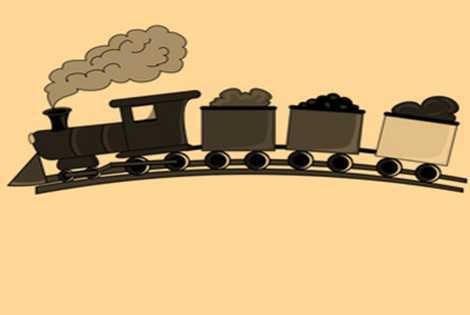
-
Air Transport
Air transport includes all transport through the air such as airplanes, helicopters. It is the fastest means of transport and connects all major cities. Air transport is expensive. It is possible to reach another country in few hours or a day through air transport. Hot air balloon and blimp is a flight technology used for pleasure rides. A rocket is a flying vehicle used for space exploration or airborne weapon.
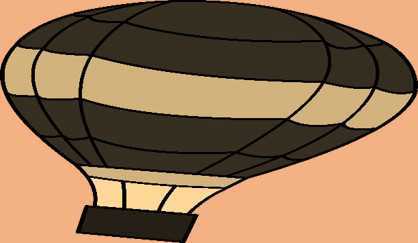
-
Water Transport
Water transport includes boat, ship, steamer, yacht, submarines. Steamers and boats sail along big rivers and ships sail in the oceans and seas carrying passengers and goods from place to another. Water transport is slow as compared to road, rail or air transport.
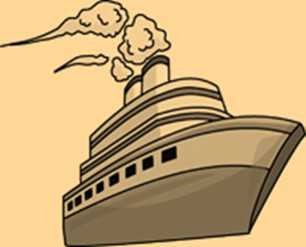
- Transport can also be grouped as personal or public.
- Personal transport (owned by an individual for personal use)
- Example: car, scooter, bicycle etc
- Public transport (owned by the government or private body for the general public )
- Example: bus, train, ship, taxi etc.
Communication
We communicate with the number of people daily. Think, what would happen if nobody communicates? We will not able to exchange our thoughts, ideas and feelings. Thus communication is a part of our life. It involves the exchange of thoughts, opinions, or information among people.
There are many ways/means of communication. We can communicate by writing, orally or by gestures.
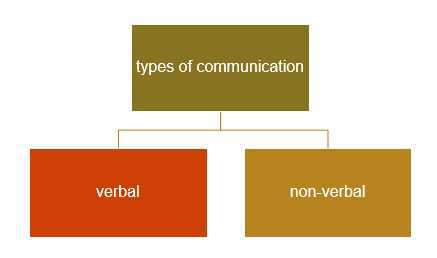
Verbal Communication
In verbal communication, we use words to express our thoughts. Two main form of verbal communication is written and oral communication.
Written communication means communicating by writing and includes handwritten letters, documents, typed documents, email, text chats, books etc.
In oral communication, we speak words either face to face or over the phone. This includes speech, lecture, voice chat etc.
Non-Verbal Communication
It does not involve the use of words. It is done through facial expressions, body gestures, signs, drawing, graphic design, color, pictures, paintings etc. For example waving a hand, pointing a finger, smiling, making faces express our feeling and emotions.
Means of Communication
Three main means of communication are postal communication, telecommunication and mass communication.
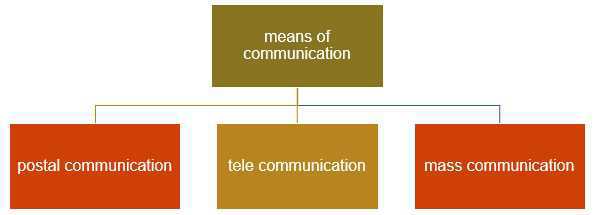
Postal Communication
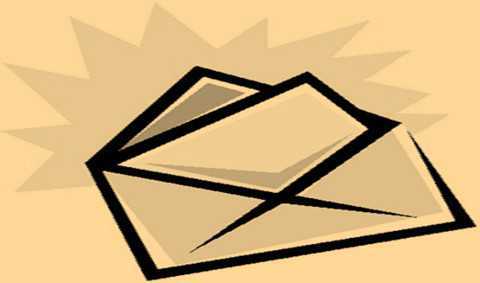
- Though letter writing is not very popular these days it has been very popular means of communication in earlier days.
- The postal system delivers postcards, letters, and parcels physically. Let’s see how our letter reaches its destination.
- We write a letter and mention the address with a PIN code (Postal Index Number), then we drop it into a nearby letterbox. Later on a person from postal department clear the mailbox and sort all the letter destination wise and marks its seal.
- After this, these letters are sent to their respective places by road, rail, air or water transport. These letters are further sorted out and sealed again at the delivery offices.
- Postman deputed in each area receives the letters and delivers them to an addressee.
Examples of postal communication are a letter, inland letter, postcard, printed postcard.
Telecommunication
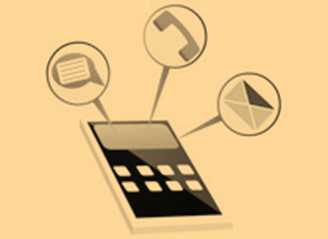
- Telecommunication means communicating over a distance. Examples of telecommunications are telegram, mobile phones, land lines, satellite phones, radio, television etc.
Telegram
- A brief message sent by telegraph and then delivered in written or printed form to the recipient. Telegrams can also be transmitted over the phone.
- This service developed for urgent letters. Telegram service had been withdrawn in the year 2013 in India.
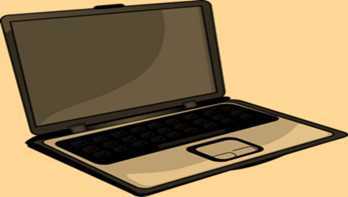
Telephone
- The telephone was invented by Alexander Graham Bell. It is the fastest means of communication.
- We can make STD (Subscriber Trunk Dialing) call to talk to our family and relatives in far-off cities and make ISD (International Subscriber Dialing) call in different countries.
Mobile phone
- With a mobile phone, we can make calls anytime. It can be used to text messages, reading emails, browsing the internet and many other things. These phones are small in size and can be carried conveniently wherever we go.
Computer and Internet
- Today most of us use the internet to send an e-mail (electronic mail) to our family and friends and to chat with our dear one who is living very far in the different country.
Mass communication
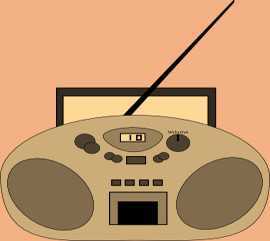
- Mass communication means the imparting or exchanging of information to a large number of people at the same time. Various means of mass communication are newspaper, magazines, radio, television and films.
Newspaper
- Newspaper informs us about recent happenings around the world.
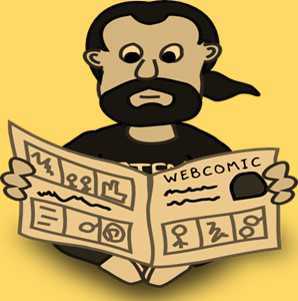
Radio and Television
- They educate, inform and entertain us. It attracts a large number of viewers of all age groups, literate or illiterate.
Internet-
- Through internet via email, websites and blogs, a large amount of information can be circulated.

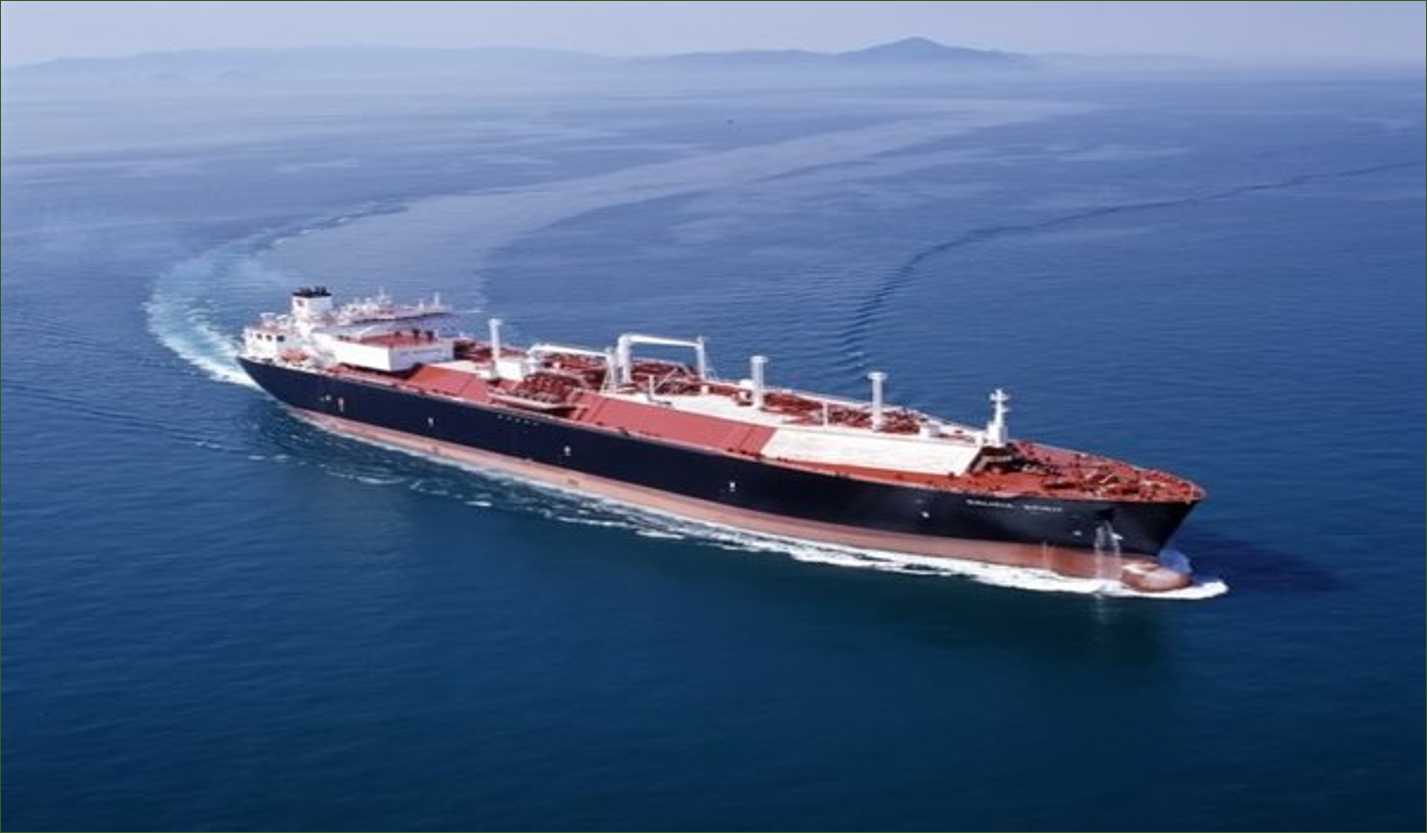















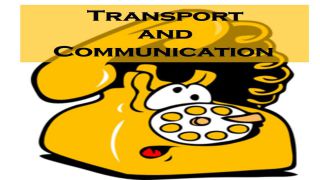
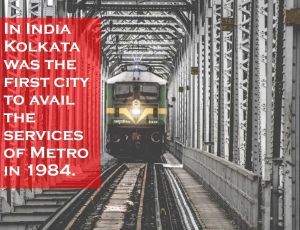
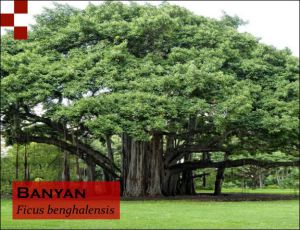







Comments